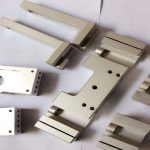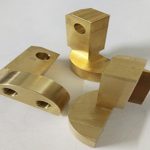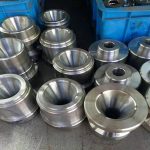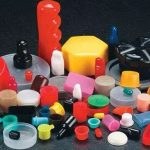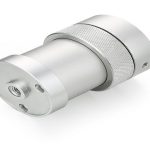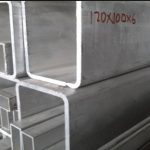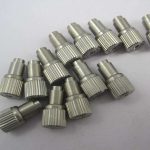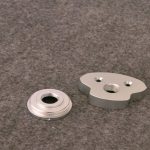In a project jointly developed by China and the United States, researchers discovered the “speed limit” of powder bed fusion (PBF) 3D printing, under which the possibility of defects in parts is less.
Through X-ray imaging observations, the team found that during the PBF process, laser action would form J-shaped bubbles on the surface of the object. If these metal pools rupture, the defects will spread into the resolidified metal, causing voids to appear, thereby affecting the structural integrity of the product.
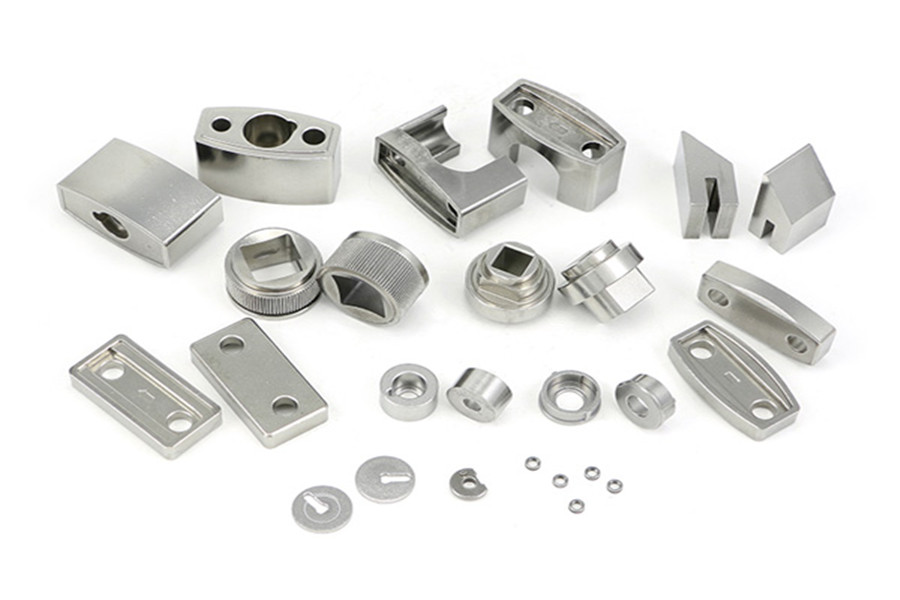
In the end, the scientists determined that when the speed of the laser is too slow when scanning the entire powder, the alloy will overheat, so there is a “safe speed” above which high-quality parts can be manufactured.
“You can think of a boundary as a speed limit, which is the opposite of driving a car,” said Anthony Rowlet, who wrote the paper. “As the speed decreases, it becomes more dangerous. If you fall below the speed limit, then you are almost certain to have defects.” “As long as you stay away from the’dangerous zone’, the risk of leaving a defect is very small.”
The joint research team found that the slow laser scanning speed resulted in the formation of a narrow J-shaped hole (pictured).
Optimize the metal 3D printing process
Although PBF is the most commonly used metal additive manufacturing process, it usually produces parts with pores (or small gaps and voids), which can compromise its performance. As a result, a lot of research has been conducted to determine how these holes are formed, especially to control the appearance of any “keyholes”.
The keyhole porosity refers to the deep holes caused by the rapid evaporation of metal during the printing process, which pushes the surrounding molten material downward. Although this phenomenon can improve laser efficiency, the wall of the keyhole sometimes undulates and collapses, causing defects to be trapped in the solidified alloy.
One of the ways users try to prevent gaps is Power-Velocity (PV) mapping, a process that correlates print quality with system parameters. However, until now, it has been difficult to find reproducible “pore boundaries” to separate the process conditions for producing fully dense parts from parts with holes.
Establishing the “speed limit” of 3D printing
In order to establish a repeatable process and complete the PV map, scientists deployed high-speed X-ray imaging technology to study the origin of the keyhole and its initial movement. The researchers directly found that reducing the scanning speed of the laser led to an increase in the maximum pore size they observed.
Further tests show that the formation of voids mainly occurs when the J-shaped keyhole is “clamped” into bubbles, and their collapse causes the generation of acoustic shock waves. These forces effectively push the hole away from the keyhole and embed it in the resolidified metal, thereby weakening its integrity.
Interestingly, scientists also discovered that keyholes can only survive under certain conditions, and lower scanning speeds usually result in the formation of narrow pinholes. These deeper voids tend to heat up quickly, and when they collapsed, they observed more amplified waves bringing the droplets farther away.
The researchers’ findings finally showed an unexpectedly smooth correlation between scanning speed and keyhole depth, which constitutes a clearly defined lower speed limit. In establishing the optimal parameter set, scientists believe that it is now possible to more successfully identify and prevent the cause of the breach.
Preventing defects during metal 3D printing has always been the subject of intensive research and development, and researchers have identified multiple solutions.
Scientists from Argonne National Laboratory and Texas A&M University have used the ML method to establish a link between the thermal history of a part and the formation of surface defects during PBF. The team also used X-rays, but combined it with a side camera to collect the required real-time data.
Similarly, a team of researchers at Lawrence Livermore National Laboratory (LLNL) has discovered a way to reduce defects in metal 3D printed parts. By controlling the “spread” of rogue substances, scientists can reduce any loose powder interactions with freshly fused substances.
Elsewhere, another team from Texas A&M created a method of 3D printing steel completely without porosity. Researchers have effectively developed a set of SLM parameters that make the tensile strength of low-alloy martensite (AF9628) higher than that of almost any other alloy.
Link to this article: 3D printing “speed limit” can greatly improve the pass rate of products
Reprint Statement: If there are no special instructions, all articles on this site are original. Please indicate the source for reprinting:https://www.cncmachiningptj.com/,thanks!
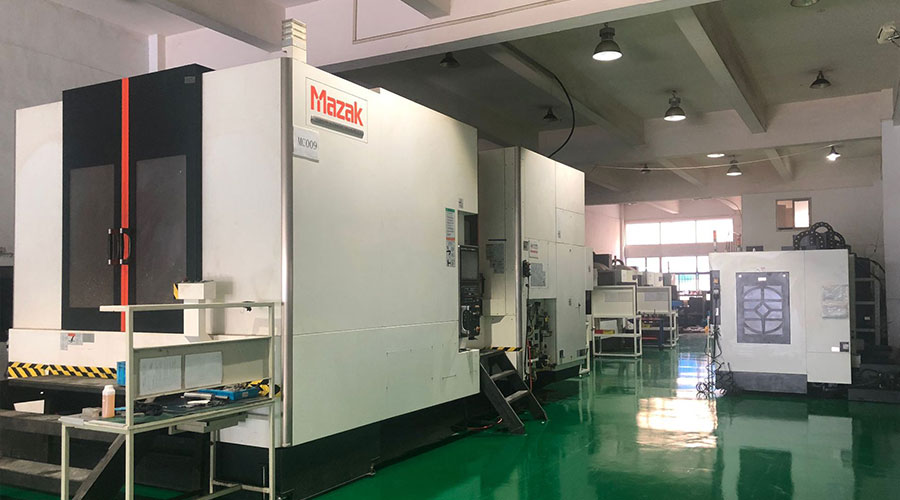 PTJ® provides a full range of Custom Precision cnc machining china services.ISO 9001:2015 &AS-9100 certified. Large scale machining Manufacturer of medical bags, providing 3D design, prototype and global delivery services. Also offering hard cases, semi-hard EVA, soft-sewn cases, pouches and more for OEMs. All cases are made custom according to specifications with infinite combinations of materials, molds, pockets, loops, zippers, handles, logos and accessories. Shockproof, water-resistant and eco-friendly options. Medical parts, emergency response, Electronic parts, corporate, education, military, security, sports, outdoors and construction industries. Services include case concept consultation, 3D design, prototyping,rototyping,CNC Drilling Services and manufacturing.Tell us a little about your project’s budget and expected delivery time. We will strategize with you to provide the most cost-effective services to help you reach your target,You are welcome to contact us directly ( [email protected] ) .
PTJ® provides a full range of Custom Precision cnc machining china services.ISO 9001:2015 &AS-9100 certified. Large scale machining Manufacturer of medical bags, providing 3D design, prototype and global delivery services. Also offering hard cases, semi-hard EVA, soft-sewn cases, pouches and more for OEMs. All cases are made custom according to specifications with infinite combinations of materials, molds, pockets, loops, zippers, handles, logos and accessories. Shockproof, water-resistant and eco-friendly options. Medical parts, emergency response, Electronic parts, corporate, education, military, security, sports, outdoors and construction industries. Services include case concept consultation, 3D design, prototyping,rototyping,CNC Drilling Services and manufacturing.Tell us a little about your project’s budget and expected delivery time. We will strategize with you to provide the most cost-effective services to help you reach your target,You are welcome to contact us directly ( [email protected] ) .
Link to this article:3D printing "speed limit" can greatly improve the pass rate of products
Reprint Statement: If there are no special instructions, all articles on this site are original. Please indicate the source for reprinting:Tungusten,Thanks!^^

